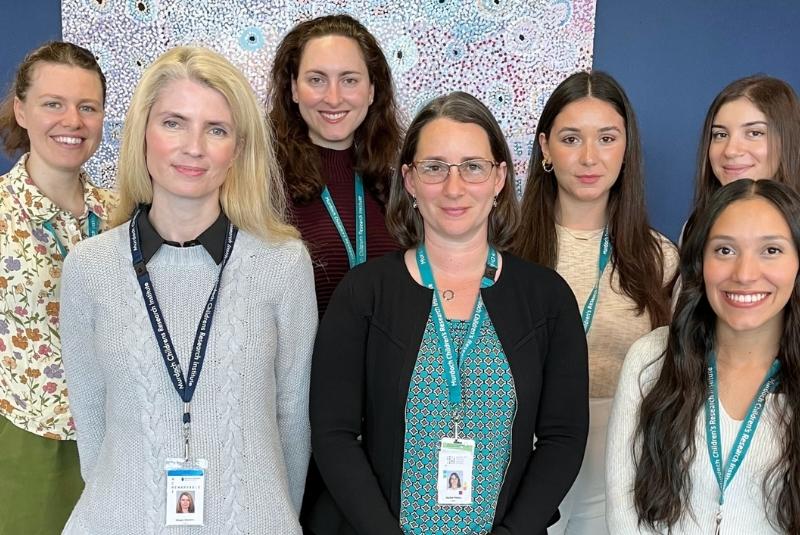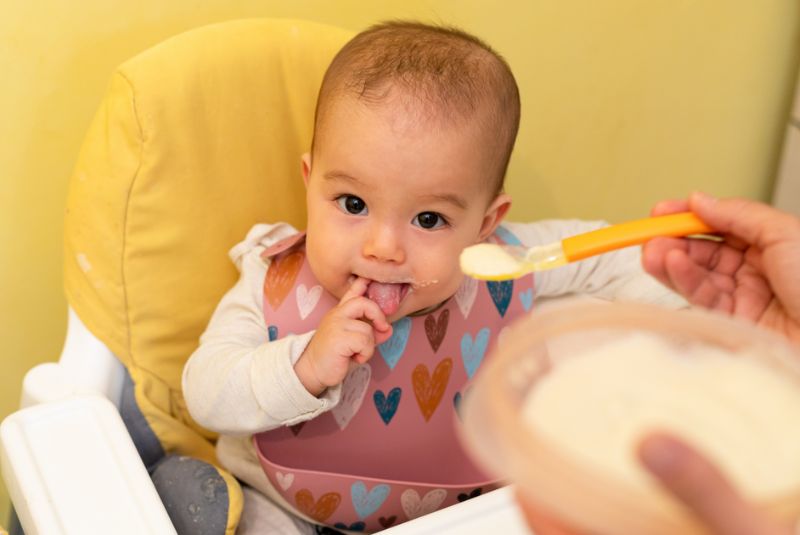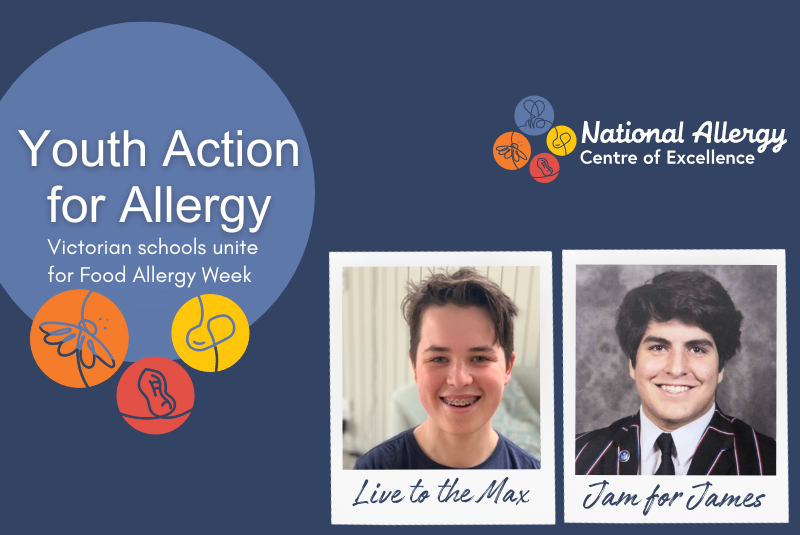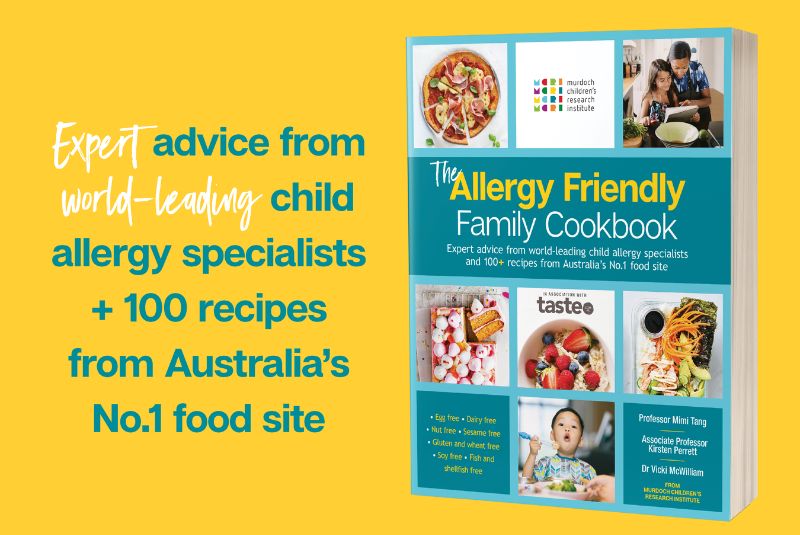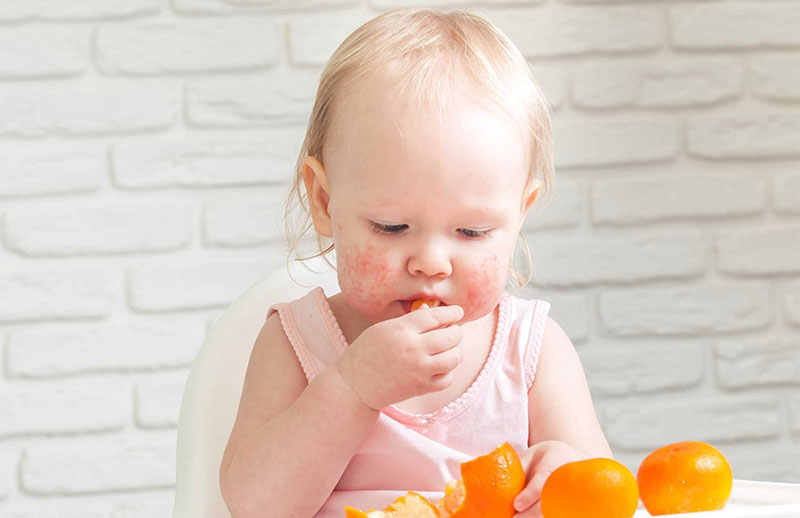
On the track to curing food allergies
What's the child health challenge?
Peanut allergy is one of the most common causes of the life-threatening allergic reaction, anaphylaxis.
Since 1995, peanut allergies have increased by more than 350 per cent. Melbourne is a food allergy hotspot with one in 10 babies affected – the highest incidence globally.
The need for a routinely available treatment is greatest for peanut allergy since it is usually lifelong. Currently, avoiding trigger foods is the only treatment, but this can cause lifestyle restrictions and anxiety about accidentally eating the food.
What's the child health challenge?
Peanut allergy is one of the most common causes of the life-threatening allergic reaction, anaphylaxis.
Since 1995, peanut allergies have increased by more than 350 per cent. Melbourne is a food allergy hotspot...
What's the child health challenge?
Peanut allergy is one of the most common causes of the life-threatening allergic reaction, anaphylaxis.
Since 1995, peanut allergies have increased by more than 350 per cent. Melbourne is a food allergy hotspot with one in 10 babies affected – the highest incidence globally.
The need for a routinely available treatment is greatest for peanut allergy since it is usually lifelong. Currently, avoiding trigger foods is the only treatment, but this can cause lifestyle restrictions and anxiety about accidentally eating the food.
What's the discovery or innovation?
To help change the trajectory of allergic disease, Murdoch Children’s Research Institute (MCRI) hosts a number of clinical trials, cohort and registry studies and two national allergy research collaborations – the National Allergy Centre of Excellence (supported by the Australian Government) and the Centre for Food Allergy Research (funded by the National Health and Medical Research Council since 2013).
Our current trials are testing different ways to build tolerance to allergens and retrain the immune system. For example, food allergy trials are investigating wearing food allergen patches, food oral immunotherapy or immunotherapy delivered monthly by injections.
In one trial, we studied a potential treatment combining a good bacteria probiotic with peanut protein in increasing amounts over 18 months. The immunotherapy stimulated the immune system to become less sensitive to peanut, and the probiotic might improve safety and tolerability.
Forty-six per cent of children treated developed clinical remission by the trial’s end compared with four per cent who received a placebo (no active treatment.) Four years after stopping daily therapy, the benefits continued for most in the treated group.
We are collaborating to try and develop the therapy into a product available globally and are trialling similar therapies for other food allergies, including egg.
How is it changing children’s lives?
OIT is not a cure, but by gradually building a child’s tolerance to their allergen with small, regular doses of the food, it may improve the chance of them being able to safely eat their specific allergen such as peanut, milk or egg.
For the first time, Australia could have treatment options that provide meaningful and long-lasting benefits, allowing people to eat the food safely and lowering the chance of having an allergic reaction from an accidental exposure to their allergen.
This research could change the lives of millions of people with food allergies around the world.
More resources
- Population Allergy
- Allergy Flagship
- Researchers discover two treatments that induce peanut allergy remission in children
- Prota Therapeutics - Treating food allergies
- Journal of Allergy and Clinical Immunology
- Prevalence of challenge-proven IgE-mediated food allergy using population-based sampling and predetermined challenge criteria in infants

